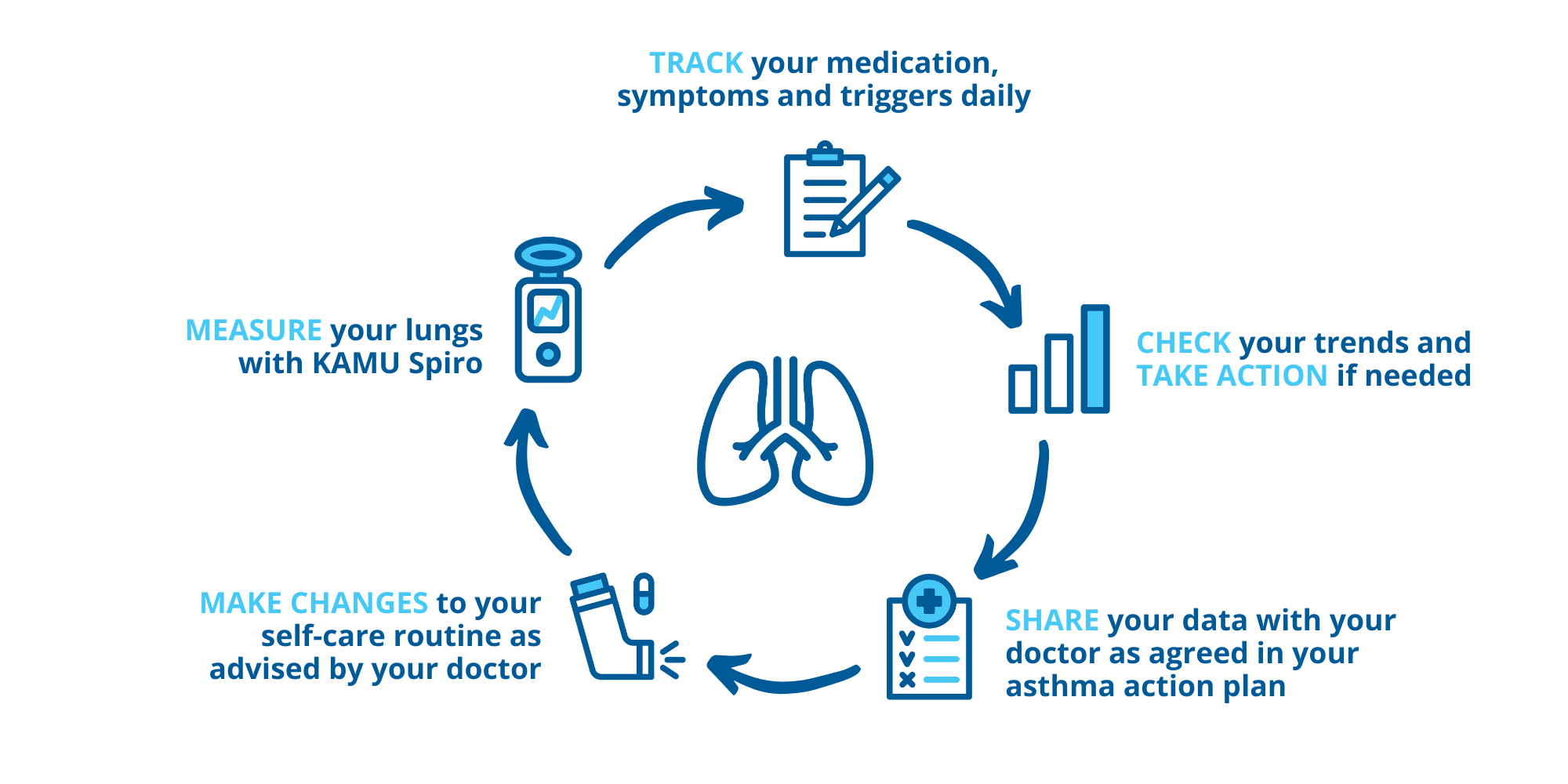Projects
Scroll Down
Scroll Down
AAFWA plans to set up Asthma resource centres in The Gambia, Sierra Leone and Guinea Bissau.
Each of the proposed resource centres will comprise the following:
(i) AAFWA Offices
(ii) Physical Library and e-Library
(iii) Procurement Unit for the purchase, storage and distribution of Asthma medication and equipment.
Working much like a lending library, asthma patients can borrow asthma and allergy related literature from the AAFWA Resource Centre for a designated period of time. The Centre will distribute medication and also make available medication devices that would be too impractical for many individuals in Africa to purchase. This service is particularly supportive for asthma patients from poor families and neighbourhoods.
AAFWA will also set up specialist asthma centers in the aforementioned countries, in collaboration with a local hospital, to help people with severe asthma. Asthma Specialist centers is presently non-existent in all the three countries. Patients that visit a specialist asthma centre will benefit from the full range of asthma tests, and be assessed for specialist treatments tailored to his/her specific type of asthma.
Asthma is one disease for which it is absolutely necessary for the patient to maintain regular medication in order to keep his/her asthma under control. Unfortunately, many patients in Africa are unable to access medication due to financial constraints. AAFWA Asthma Resource Centre will ensure that following medicines and devices for treating asthma are always available to asthma patients.
Quick-relief medications
• Metaproterenol (Alupent)
• Epinephrine, a powerful anti-allergic medication that an individual might purchase in the form of EpiPen or EpiPen Jr., Adrenalin, and Epinephrine Mist
• Albuterol, which stores may sell as Ventolin HFA, Proventil, or Proair
• Levalbuterol (Xopenex, Xopenex HFA)
Long-term control medications
• Anti-inflammatory drugs, including cromolyn
• Immunomodulators, including omalizumab, available as an injection once or twice monthly that reduces immune reactions to allergens, such as pollen and dust mites.
• Inhaled long-acting beta2-agonists, which differ from quick-relief beta2-agonists and soothe the airways to support a course of corticosteroids
• Medications that block the inflammation reaction in the airways, known as leukotriene modifiers
• Theophylline, which a person takes orally to open the airways
Devices
• Peak flow meter
• Inhalers
• Metered dose inhalers (MDIs)
• Spacer
• Dry powder inhalers
• Nebulizers
Asthma Emergency Kits
• Blue or blue/grey reliever medication such as Airomir, Asmol, or Ventolin
• Spacer devices
• clear written instructions on Asthma First Aid, including:
• how to use the medication and spacer devices
• steps to be taken in treating an asthma attack
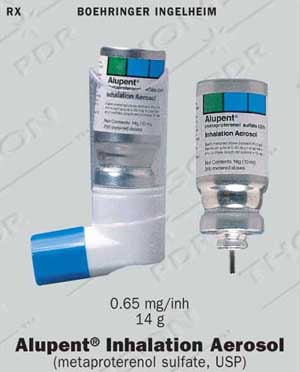
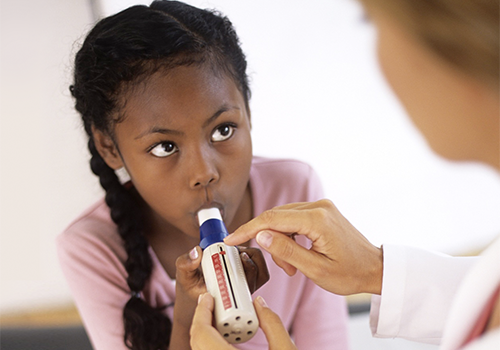


This is an annual month-long (May) sensitization campaign to educate people about asthma, diagnose all asthmatics and provide them with proper
care, help them get on top of their asthma symptoms, reduce risk of asthma attacks and improve quality of life. The month of May is Asthma Awareness Month! World Asthma Day is an initiative that began in 1998 by the Global Initiative for Asthma and recognized annually the first Tuesday in May. World Asthma Day focuses on educating the public about the most effective ways of controlling and treating asthma.
The activities to be embarked upon include:
• An Asthma and Allergy Awareness Caravan in all the regional capitals in the The Gambia, Sierra Leone, Liberia and Guinea Bissau.
• Production and distribution of asthma sensitization materials like leaflets etc.;
• Distribution of videos, posters, workshops for teachers
• A health fair offering testing, asthma education
• Coordinate health fairs with asthma coalitions, health care providers, local governments, religious groups, stakeholders, businesses, and school districts.
• Engaging the local news media especially television and radio talk shows to host asthma educators and health care professionals to disseminate asthma management and prevention messages.
• Collaboration with community centers, sports authorities, local gyms, and fitness clubs to organise asthma walk or run.


An allergy is an immune system response to a foreign substance that’s not usually harmful to the person’s body. These foreign substances known as
allergens can include certain foods, pollen, or pet dander.
This project is a sensitization campaign to educate people about allergies using food allergy awareness activities and tools
• Share important information about food allergies.
• Introduce students to common food allergens and safety protocols
• Produce posters and flyers about food allergies to share with family, friends, and school personnel. Encourage school professionals, healthcare professionals, restaurant & food service personnel, family, teens, and friends to distribute the flyer throughout their networks.
• Use the social media to raise Food Allergy Awareness Week/Month.
• Use the print and electronic media.
• Use social media to educate people about food allergies and anaphylaxis.
Symptoms of allergies: For food allergies; For seasonal allergies; For severe allergies
Allergies on skin/Types of skin allergies: Rashes, Eczema ; Contact dermatitis; Sore throat; Hives; Swollen eyes; Itching; Burning.
Allergy treatments: Medication; Natural remedies for allergies
How allergies are diagnosed
Allergy blood test,
Skin test,
Preventing symptoms,
Complications of allergies,
Asthma and allergies,
Allergies vs. cold,
Allergy cough,
Allergies and bronchitis,
Allergies and babies,
Living with allergies,
Keeping Seasonal allergies under control,
Important allergy friendly features
The 10 Most Common Food Allergies: Eggs, Milk, Peanuts, Soy, Wheat, Tree Nuts, Shellfish, Fish, Raw Fruits and Vegetables, Sesame Seeds
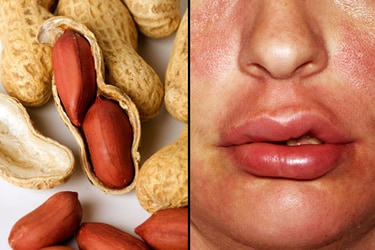


This is a highly practical easy-to-read, educational lessons and materials in English for Asthma and Allergy patients, parents, teachers, HCPs
in West Africa with clinically relevant information about asthma and allergy.
Contents
(i) An overview of asthma prevalence in Africa
(ii) Defining Asthma
(iii) Types of Asthma: Adult-Onset Asthma; Allergic Asthma; Non-allergic Asthma; Occupational Asthma.
(iv) Conditions in Africa that trigger asthma: Tobacco Smoke, Dust Mites, Outdoor Air Pollution, Pests (e.g., cockroaches, mice), Mold, Cleaning and Disinfection, weather extremes, exercise, acid reflux, stress; strong fragrances, alcohol or food additives, such as sulfites, Strong emotions, stress
(v) Common Asthma Triggers: Allergies, Food and food additives, Exercise, Heartburn, Smoking, Sinusitis, Medications, Weather, Smoke
(vi) How Allergies Can Cause Asthma
(vii) Food and Food Additives Trigger Asthma: Eggs, Cow's milk, Peanuts, Tree nuts, Soy, Wheat, Fish, Shrimp and other shellfish, Salads, Fresh fruits
(viii) Exercise-Induced Asthma
(ix) Heartburn and Asthma
(x) Smoking and Asthma
(xi) Sinusitis and Other Upper Respiratory Infections
(xii) Infections and Asthma
(xiii) Medications and Asthma
(xiv) Other Asthma Triggers: Irritants, Weather, Strong emotions
(xv) How Do Triggers Make Asthma Worse?
(xvi) How Can I Tell What Causes and Triggers My Asthma?
(xvii) Know When to Get Help
(xviii) Warning signs of a potential asthma attack
(xix) Know your triggers and learn how to avoid them.
(xx) Exposure to various irritants and substances that trigger allergies
(xxi) How to cope without a nebulizer during an asthma attack
(xxii) Tests to measure lung function
(xxiii) Other tests to diagnose asthma
(xxiv) How asthma is classified
(xxv) Asthma classification: Mild intermittent, Mild persistent Moderate persistent, Severe persistent
(xxvi) Asthma medications
(xxvii) Guidelines for Caring for a Child with Asthma
(xxviii) Signs and Symptoms of Asthma (Early Warning Signs of Asthma; Emergency signs and symptoms of an asthma attack)
(xxix) Managing an Asthma Attack (what to do when a child is having an asthma attack; what to do when a child is having a severe asthma attack; what to do after a child’s asthma attack has been treated and has subsided)
(xxx) About the Child Asthma Plan
(xxxi) Asthma Medication (Quick Relief Medications; Long-Term Medications; Allergy Medications and Asthma; Emergency Allergy Medication; Proper Storage of Asthma Medications)
(xxxii) Asthma Education Activity for Young Children
(xxxiii) Asthma Resources, Training and Tools
(xxxiv) Me and My Asthma
(xxxv) Sample Child Asthma Plan (A written document developed by the child’s health care provider in conjunction with his/her family that outlines exactly what is to be done in the event of an asthma episode/attack)
(xxxvi) Instructions for Families Who Have a Child with Asthma
(xxxvii) Glossary
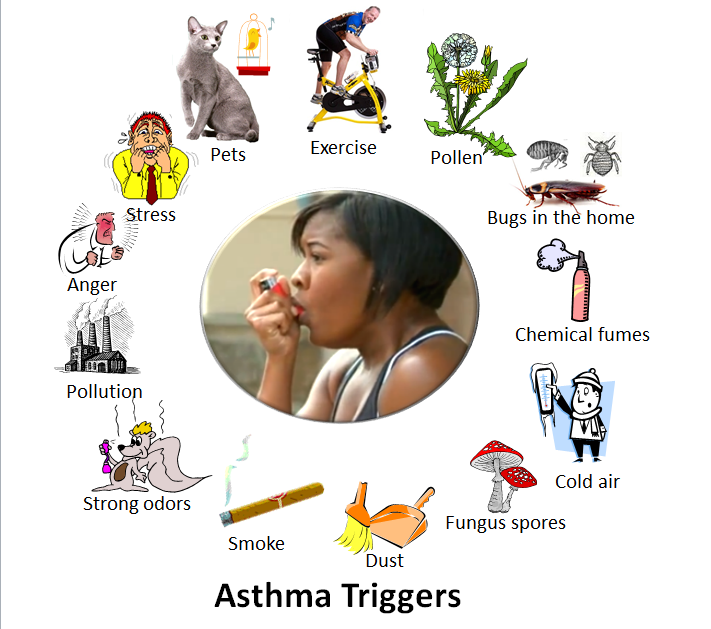

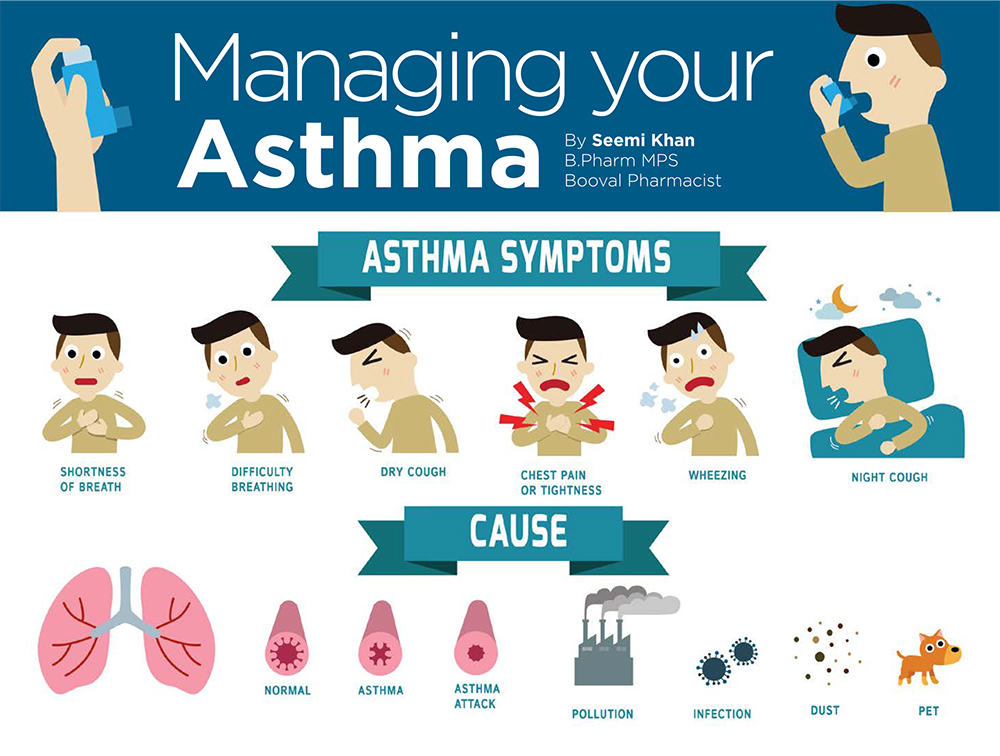
During an asthma attack or flare-up, three things happen to the
airways to restrict breathing:
• The lining of the airways swells
• More mucus is produced that clogs the airways
• The muscles around the airways tighten and make the airways smaller.
• Because children have smaller airways, the above factors can
cause a greater restriction to breathing than in an adult.
Asthma cannot be cured. However, with proper asthma
management and treatment, children with asthma can lead
normal, active lives. Some children outgrow their asthma, but for
unknown reasons it can reappear in adulthood

Asthma Management Plan, also known as Asthma Action Plan is a written plan from the student’s doctor to help manage asthma and prevent asthma
attacks. Maintaining good day-to-day asthma control is the key to keeping symptoms at bay and preventing asthma attacks. Using a written asthma action plan makes it easier for a person to measure whether his/her asthma is under control — and know exactly what steps to take when it isn't. An asthma action plan is especially important if one has moderate to severe asthma or has had a serious asthma attack in the past.
Asthma patients in West Africa do not have asthma action plans
AAFWA will assist members to have personalized asthma action plan which they can follow to control their asthma and prevent asthma attacks. This includes:
• having a good supply of medication
• knowing how to use an inhaler correctly
• avoiding asthma triggers
• cleaning and disinfecting frequently touched surfaces, such as door handles and countertops
• avoiding any cleaning products that could trigger asthma
• following steps to reduce stress and anxiety, which could trigger asthma attacks
(i) Asthma action plan for adults
Because asthma varies from person to person, you'll need to work with your doctor to develop a plan that's customized for you. Your action plan may include keeping a diary, and can help you:
• Track asthma symptoms.
• Record peak flow readings.
• Assess asthma control.
• Adjust medications.
• Recognize and treat an asthma attack.
• Know when to seek emergency care.
• Avoid asthma triggers.
• Keep your action plan available
• Meet regularly with your doctor

